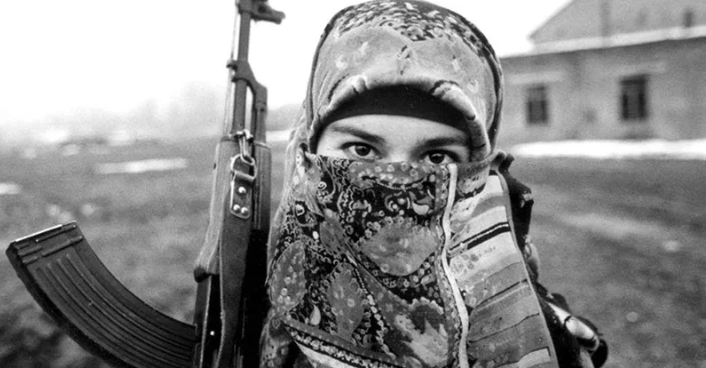One of the most dangerous weapons in the world has been increasing in prevalence over the past few decades. This deadly weapon is not advancing technology, nuclear weapons, nor lethal biological warfare. Instead, it is something that is not immediately seen as a threat, something that undermines our sense of security due to perceived innocence and peacefulness. Women.

Scholars and society alike have long viewed males as the primary perpetrators of crime, specifically regarding terrorist attacks. Women’s roles as perpetrators of violence have often been overlooked. In fact, women have long played primary roles in criminal acts. Over the past few decades, their roles have increased in terrorist attacks, specifically in suicide bombings.
Women and young girls have become more and more frequently chosen as suicide bombers, used explicitly by Boko Haram in Nigeria. Their utilization of female suicide bombers has resulted in the killing of 800 known individuals over only a three-year span, injuring 526 others.
When women commit violent, criminal acts, the media often uses three narrative frames to help explain how women could engage in such violence: Mother, Monster, and Whore. These frames have emerged from the assumption that women are inherently peaceful and innocent and thus do not willingly engage in such violent acts.
The mother narrative suggests that a woman becomes violent in response to the loss of her son(s). The loss of the son(s) (symbolic or real) results in a woman’s need to avenge the death and protect and nurture the rest of the family. Alternatively, the monster narrative presents violent women as psychologically unstable. Their deviant actions are driven by an insane, socially unacceptable version of femininity. Lastly, the whore narrative emphasizes a woman’s inappropriate sexual desires. These desires stray from traditional feminine sexuality and suggest a woman’s capacity for violence is linked to this inappropriate sexual drive.
Some depictions in the media have supported these narratives. The mother narrative has been particularly salient in relation to suicide bombing. These narratives depict women’s participation in terrorist organizations as directly related to their fear of losing or having already lost their children. Representing the whore narrative, alternatively, some women are depicted as being brainwashed or engaging in terrorist activities in hopes of solidifying a marriage. When women aren’t presented by the media as mothers or whores, they are often portrayed as monsters. Female suicide bombers are seen as transgressing gender norms for their violent acts, and as a result, they are presented as abnormal or suffering from psychological disturbance.
Investigative journalism has compounded these narrative frames. Interviews have emphasized women’s narratives of abduction and forced participation. In some cases, women are presented as having to choose between becoming a suicide bomber and marrying one of the members of the terrorist organization.
These narratives often present women as being victimized by men and the choice to commit violence being forced upon them. These narrative frames assume women’s motives are distinct from men’s. Women are rarely presented as joining these organizations because of their own ideological beliefs and alignment with the organization’s goals and motives.
Women are depicted in societies throughout the world as innocent, peaceful, and virtuous. This representation causes society to not immediately view them as perpetrators. As a result, women are much more likely to bypass security measures and succeed in terrorist activities than their male counterparts. For example, women are less likely to be properly searched for bombs or other weapons, making them able to travel long distances weaponized or enter high-security areas. Thus, terrorist organizations actively recruit women for these reasons.
The presence and growing commonality of female suicide bombers demonstrate that, contrary to common misconceptions, women do play an active role in violence and killing. Their perceived peacefulness and innocence obscures the ability of women to engage in violence. This common perception that women are peaceful and therefore can not engage in violence makes female suicide bombers an unforeseen threat.
Because of the perception that women cannot and do not participate in mass violence, it is seen as exceptional when they do. And thus, the media attempts to explain this exceptional behavior by using the aforementioned mother-monster-whore narratives. These narratives reify society’s assumptions that women are inherently innocent and peaceful and that only those who are abnormal could engage in such violent activities. We must move away from these narrative frameworks that present women as non-agentic and reduce women who engage in violence to a single category.
Alexa Cofer is an undergraduate student at the University of Minnesota majoring in Psychology and Sociology of Law, Criminology, and Deviance. Her academic interests include mass incarceration; mental health of the incarcerated; and prison reform, reintegration, and recidivism. After graduation, she plans to attend graduate school and pursue a doctorate in forensic psychology.

Comments